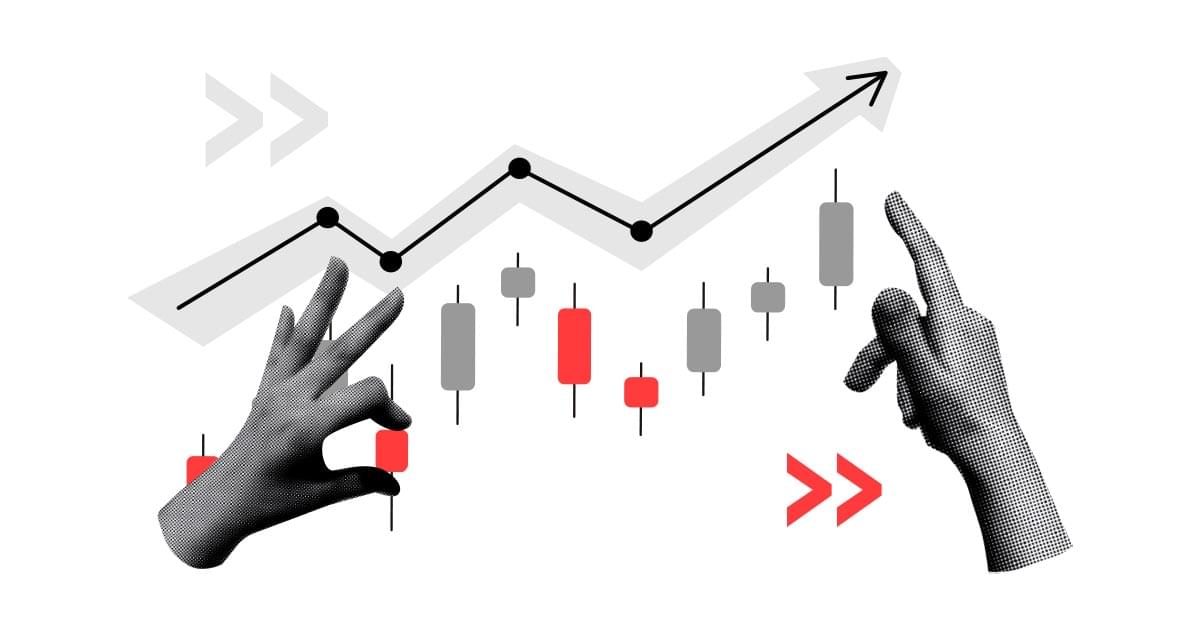The drop in the price of a barrel of WTI crude from $130 to less than $100 in a matter of days says a lot about the volatility that has characterized the oil market recently. It continues to clash between sentiment related to the escalation of the Russian assault on Ukraine and hopes for a ceasefire. Now the coronavirus is still returning.
When Russian troops increasingly fiercely attacked targets in Ukraine in late February, the price of a barrel of WTI rose to $130 in a few days, its highest level since 2008. At the time, the market seemed to be playing under the embargo on oil and gas supplies from Russia as part of the economic sanctions imposed on the country.
Lockdown in China
Days passed and oil was still the same on the market. The price, however, was changing. The recent reductions may be related to fears of reduced demand. This is because China is shutting down its various provinces and implementing a lockdown due to the largest coronavirus outbreak in two years.
This makes it more likely that China will consume less oil than it did in 2020. And as a result, with steady supply and less demand, the price of WTI variety may find itself lower than at the beginning of this year. The market may also assume an increase in the chances of a ceasefire and an end to Russia's attack on Ukraine, which could bring some calm to the oil market.
Price correction phase
It is possible that one of the unprecedented events that took place in the spring of 2020 may have marked a key turn in the oil market. It was a time when crude in futures contracts was trading at negative prices because those holding the contracts preferred to pay extra and give them to someone else rather than oblige themselves to bear the cost of storing oil that no one wanted to buy.
The outbreak of war in Europe may be the second key turning point for this market as the price went from negative to the highest level since 2008 in a buying frenzy. Thus, the full upward cycle for black gold prices may have come to an end and now the oil price may be moving into a rather volatile, but nonetheless corrective pattern. The fluctuations may be large, but the direction may no longer be so clear-cut.
Daniel Kostecki, Director of the Polish branch of Conotoxia Ltd. (Forex service)
Materials, analysis and opinions contained, referenced or provided herein are intended solely for informational and educational purposes. Personal opinion of the author does not represent and should not be constructed as a statement or an investment advice made by Conotoxia Ltd. All indiscriminate reliance on illustrative or informational materials may lead to losses. Past performance is not a reliable indicator of future results.
CFDs are complex instruments and come with a high risk of losing money rapidly due to leverage. 79.17% of retail investor accounts lose money when trading CFDs with this provider. You should consider whether you understand how CFDs work and whether you can afford to take the high risk of losing your money.


